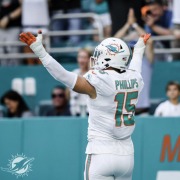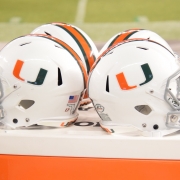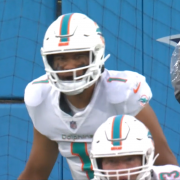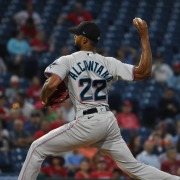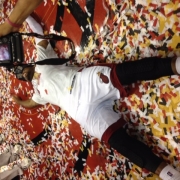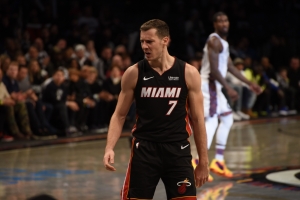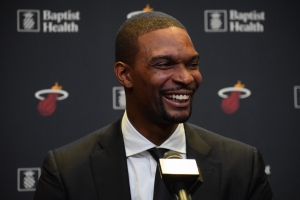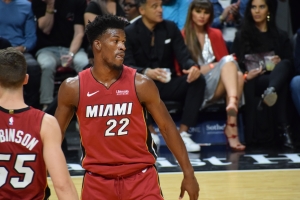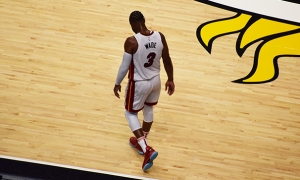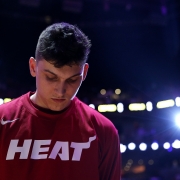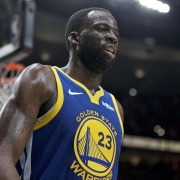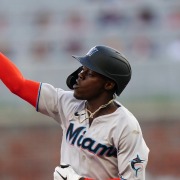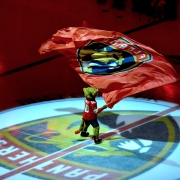Miami Dolphins 2023 Season Preview & Predictions: Defense
The Josh Boyer era as defensive coordinator came to a close at the end of a disappointing injury-filled season. That unit, considered one of the most promising up-and-coming defenses in the league the past couple of years, is now commanded by the highly distinguished Vic Fangio. Having spent over thirty-five years coaching in the NFL, including three years as head coach, Fangio’s innovative schemes are heavily incorporated throughout the league. Having the creator himself running the Dolphins defense, brings a renewed optimism and energy to a unit that seems on the brink of taking off.
What exactly Fangio brings to the Dolphins, and the methods he uses to push his players to meet the high expectations people have placed on them will be a major early storyline throughout this season.
Identifying the players who have critical roles in ensuring this defense can become one of the league’s best, and what they must accomplish, is a great place to start.
Jaelan Phillips is very good, but can he be special? – Two things that have never lacked for Phillips are his incredible athleticism and physique, and a motor that never quits. Maxing out his work ethic and athletic gifts, got him to the very-good mark. Last season he was seventh in the league in total pressures (70) and hurries (44), but only twenty-first in sacks (7).
In order to max out the rest of his potential, he needs to become a finisher. Aside from instincts and athletic superiority, what makes players like Micah Parsons, TJ Watt, and Myles Garrett elite, are their diverse and refined pass-rush move-sets and technique. Phillips too often relies on his power and bull-rush to try and beat his defenders. Growing his bag of tricks with rips, chops, swims and spins will play a significant factor in whether or not Phillips reaches his ceiling.
Steady is the pace for Jevon Holland – Stats and numbers are a great tool for evaluating players, but they can sometimes be misleading. For instance, the numbers would show that Holland suffered a bit of regression in his second season. He allowed the sixth highest completion percentage amongst safeties (80%), however the secondary lost two significant starters at cornerback (Byron Jones, Nik Needham), and the safety who plays opposite him (Brandon Jones). The scheme was designed to run heavy-blitzes with the cornerbacks playing press-man. Being down such important personnel forced Holland to try and pick up a lot of slack.
This year should result in significant growth for Holland, as long as he maintains the trajectory he’s already shown. Fangio’s scheme is dependent on high-level play from the free safety, and he has a knack for bringing the most out of them. Over the years Fangio has developed All-Pros like Justin Simmons, Eddie Jackson and Dashon Goodson, Pro Bowlers Eric Reid, Donte Whitner, and Antoine Bethea, and others like Adrian Amos and Kareem Jackson.
While Jalen Ramsey is out for at least half of the season, and there are questions surrounding who will man the other safety position, Holland should have every opportunity to become the next notch on Fangio’s long list of star safeties.
Cam Smith needs to be a quick study, and Kader Kohou can’t have a sophomore slump – With Ramsey out until sometime in November, at the very least, the Dolphins can’t afford to see the injuries or struggles of last season become an issue again. There’s hope that Nik Needham will come off the PUP (physically unable to perform) list at some point this year, and you can’t control injuries, but in order for the secondary to play at a high level Kader Kohou needs to show last season’s surprise breakout wasn’t a fluke.
Second-round pick Cam Smith flashed early and often in training camp before suffering a shoulder injury. Luckily, he wasn’t sidelined long. He showed a penchant for making big plays at the University of South Carolina and has a hungry mentality. With Xavien Howard now at the ripe-age of thirty, Smith has a lot of expectations on his shoulders to help the cornerback position stay at a high level for years to come.
—-
Beyond the growth of the young players on the roster, there’s specific things the defense must do this season to become a top-ten unit.
The Dolphins must prove they can finally sack the quarterback, especially in the absence of a high blitz rate – Fangio’s system is not known for running many blitzes, something the Dolphins did at one of the highest rates in the league under Brian Flores and Josh Boyer.
When the team hasn’t sent the extra bodies, rushers have struggled to bring the quarterback down. Part of the reason for that last year was the aforementioned struggles in the secondary. Despite having the third highest pass rush win rate in 2022, they only finished fifteenth in sacks. The year prior, with Howard and Byron Jones healthy, Miami had the fifth most sack in the league.
The new scheme will move the defense away from the man-to-man coverages they were used to, and will feature predominantly zone concepts. What makes Fangio one of the best is his ability to keep the quarterback guessing by continuously switching up the zone assignments post snap. This diminishes the passer’s ability to identify weaknesses pre-snap.
If the secondary and linebackers can maintain their zone assignments, it could force opposing quarterbacks to hold onto the ball longer while they make their reads, and give rushers opportunities at coverage sacks. They key will be Phillips, and Bradley Chubb showing they can manipulate the pocket and bring quarterbacks down, as well as Christian Wilkins proving he’s not just an elite run-stopper on the interior.
Speaking of a significant reduction in blitz plays, can the Dolphins continue to prove their run defense is stout – After finishing with the fifth highest run-block grade (78.2), thanks in large part to Wilkins (best run stop win rate in the NFL in 2022) and the newly re-signed Zach Seiler (4th highest run-defense grade, PFF), can they maintain a high-level without the help of the disguised blitz?
This scheme runs with light boxes that try and entice offenses to run the ball. The defensive lineman play gap-and-a-half, while trying to force the runner outside where the safeties have the responsibility of forcing stops. Both Brandon Jones and DeShon Elliott are known for playing in the box and stopping the run. Elliott finished with the tenth most stops (15) among safeties in 2022 (Lions). Jones, who suffered a torn-acl last season, is still working his way back. Holland can also defend the run, but will likely be tasked to defend the deep part of the field.
It’s time to shine for Jerome Baker and David Long Jr. – Both linebackers will play a significant coverage role in Fangio’s defense. For Baker, this will be an adjustment as he had a heavy role in the pass rush, and far fewer coverage snaps than most linebackers the past few years. That’s not to say he can’t do it however, as he has the necessary athletic requirements and has been sufficient in coverage throughout his career.
The addition of David Long has the potential to pay huge dividends for the Dolphins. He’s tailor-made for this scheme, and could help elevate the run defense even further. The biggest concern for him is health, as he’s missed eleven games over the past two seasons and has struggled with soft-tissue injuries.
For this defense to be successful, both Baker and Long need to play at the level they.re capable of, and stay on the field. While Duke Riley has proven to be a decent role-player at times, he nor last year’s third-round pick Channing Tindall have shown enough to inspire confidence in elevated roles.
Predicting the season…
-Reuniting Bradley Chubb with Vic Fangio will allow both Chubb and Phillips to become the players everyone thinks they can be. With a talented secondary, those two should have the time to get to the quarterback. Having a pass-rusher with the talent to be a 10+ sack per year player has resulted in Fangio’s defenses allowing five fewer points per game averages. With those two on the edge manipulating the pocket, and the return of Emmanuel Ogbah on passing downs, the Dolphins have no excuse for not turning potential into reality.
Jaelan Phillips: 11.5 sacks
Bradley Chubb: 7.5 sacks
Christian Wilkins: 6 sacks
Zach Seiler: 4 sacks
-Miami will see the return of impact plays from their role players. Having a healthy Ogbah could be a surprise x-factor to the defense. Another could come from a player who has made impact plays in the past, and that’s Andrew Van Ginkel. Both players should benefit from being in this scheme, assuming the secondary stays relatively healthy and can perform in coverage. It’s tough to predict specific stats for role players, but you can predict that they’ll make a significant mark throughout the season
-Xavien Howard will have his return to glory. Taking away the physical stress of having to play on an island against every team’s best receiver, should help keep ‘X’ healthy after suffering two nagging hamstring injuries in 2022. Putting him in the position to read, anticipate, and react to the quarterback will be a gift for a player who is special in large part because he’s among the best at doing those things. I wouldn’t be surprised if Howard manages a 4-6 interception season, and likely another trip to the Pro Bowl
-The Dolphins will see a couple of defensive All-Pros in 2023…
Jevon Holland
Christian Wilkins
…and a few Pro Bowlers as well
Xavien Howard
Jaelan Phillips
Wilkins
Hollan
-Miami will finish the season with a top twelve defense in yards, and top five in points with an average of under 20 ppg allowed.
